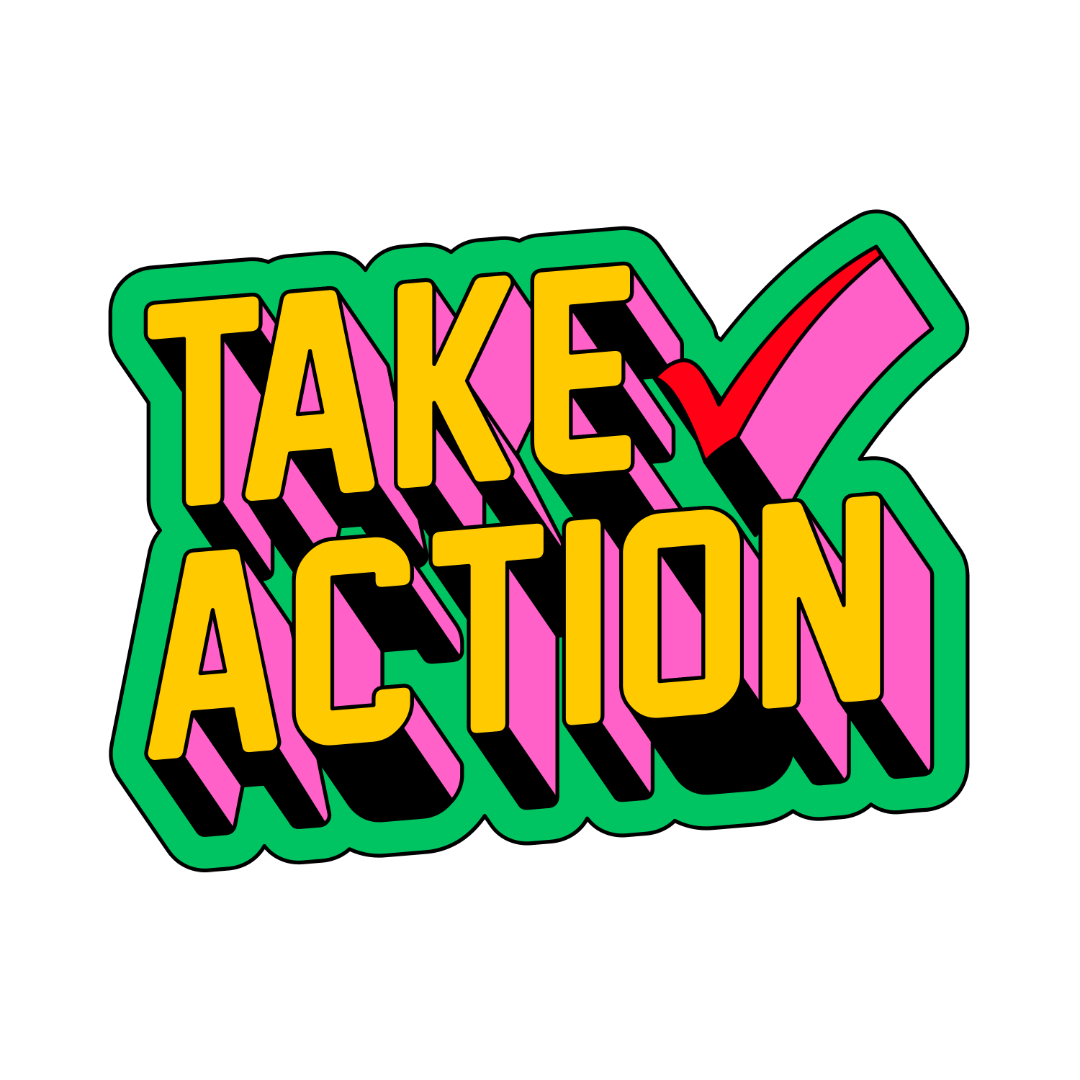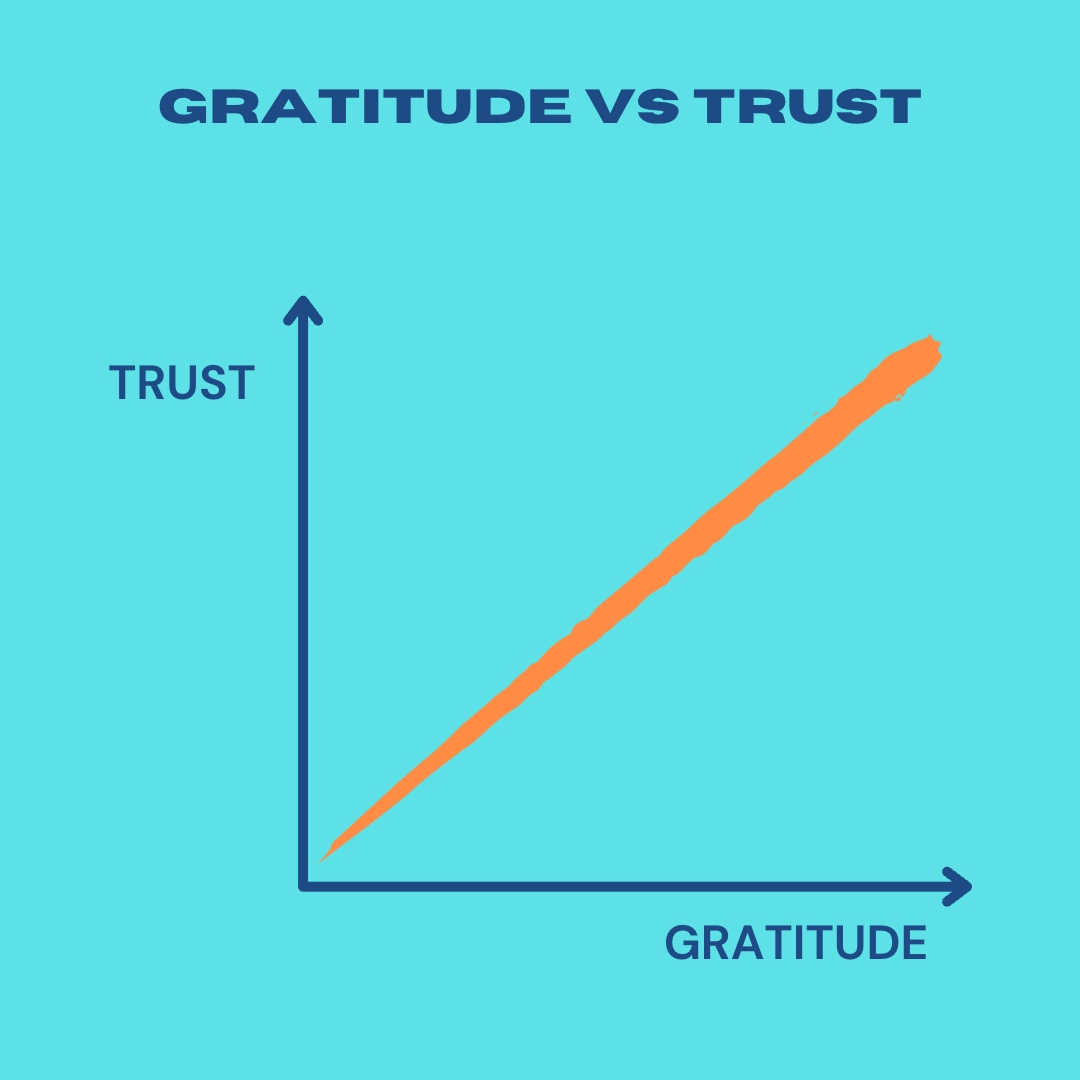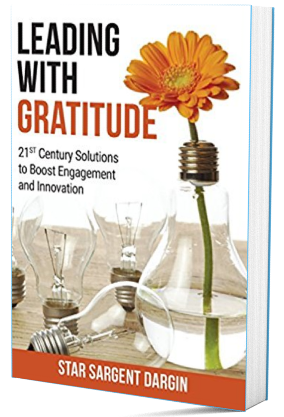 “Real gratitude is about action; words alone can be hollow.”, sums up my interview with Craig, Head of Strategic Planning at a financial firm. Craig shared his views on gratitude at work and discussed his gratitude challenges.
“Real gratitude is about action; words alone can be hollow.”, sums up my interview with Craig, Head of Strategic Planning at a financial firm. Craig shared his views on gratitude at work and discussed his gratitude challenges.
Those closest to him know what a grateful person he is. A mutual friend volunteered Craig to me to be interviewed because she believes him to be one of the most grateful people she knows.
Craig says gratitude is taking action that wasn’t asked for. Gratitude deepens with trust and respect, and the reverse is true. Expressing gratitude deepens trust. Pay it forward and always be willing to do the right thing. You don’t know when it will come back to you; it did come back to Craig unexpectedly.
Gratitude at work is lots of direct discussions at skip levels. It ensures that people are comfortable enough to say what is happening. Gratitude is acknowledging that you see them and know what they are doing. It makes people feel genuinely valued by acknowledging them in groups or individually.
Gratitude builds value and is inclusive.
Craig is working on expressing gratitude more at work. He finds it challenging to do so in a way that doesn’t delude genuine gratitude. He gave me the example if you have an employee of the month award and 12 employees. Does everyone get an award, to be fair? If you award everyone, will the highest performer be demotivated? Will the lowest performer keep performing at a low level because they just got an award or because they didn’t get an award? He expects people to show up every day, and he shouldn’t have to thank them for that; he expects them, at a minimum, to do their job. That is not what gratitude is.
Giving gratitude is tricky and has cultural implications.
Thanking someone is not always gratitude, as Craig says. Saying Thank you can be a culturally accepted norm and considered rude if you don’t say thank you. The USA is zealous; thank you, happy culture. Unlike speakers of Lao (Southeast Asia) or Siwu (western Africa), saying ‘thank you’ is so rare that it may be perceived as bizarre or out of place. Finding the balance between a culturally required thanks and a gratitude thank you is difficult, especially in many of today’s diverse teams. Once you find the balance, it’s how you say it and your actions.
Gratitude bonds and creates trust. Gratitude is a partnership.
Craig also repeatedly highlighted the relationship between gratitude and trust, that they build on each other. If you think someone needs support, you do it; you pay it forward. Sometimes you may need it back. You should always be willing to do things for grateful people.
In sales, it’s especially true because it’s a trust game. People risk their careers by choosing your service or product, and they might get fired if you can’t give them the value and what they expect. It’s a two-way street. Can you look at the person across from the table and see their truth? That’s trust and gratitude.
When that trust exists, people forgive you, and you can make a mistake and learn from it. Having that trust is having someone you can admit screw-ups to and who gives you the benefit of the doubt. They act as a sounding board. Gratitude bonds and creates trust. Gratitude is a partnership. 
He has direct and deep discussions with his team at all levels to build trust and show appreciation. He says that acknowledging what they are doing and how they are contributing to the company’s success is important. He also uses gratitude to reinforce behaviors he wants to encourage to create a winning environment.
Surprisingly, he doesn’t see himself as grateful and is striving to do it better. When gratitude is intentional, it must be meaningful, he adds. He admits to thinking grateful thoughts and struggles with fully expressing them meaningfully and intentionally.
Part of Craig’s pay-it-forward gratitude philosophy comes from his cancer diagnosis 18 years ago. What surprised him was the number of people who stepped up to help, with no expectation of ever getting anything in return. It created a bond. You can talk and think about gratitude, but the action makes it real. It’s stepping up to action without anything expected in return. Sometimes it’s just there without having to ask.
Craig has experienced firsthand gratitude to him and knows the importance of it personally and at work. He considers himself a leadership work in progress as he continues strengthening his gratitude practice. His philosophy is simple, take action to show gratitude.
Reference: Cultural Diversity in the Expression of Gratitude: Floyd S, Rossi G, Baranova J, Blythe J, Dingemanse M, Kendrick KH, Zinken J, Enfield NJ. 2018 Universals and cultural diversity in the expression of gratitude. R. Soc. open sci.5: 180391. http://dx.doi.org/10.1098/rsos.180391
Trust building as a benefit of gratitude is a key point Craig talks about, do you agree or not and why?

